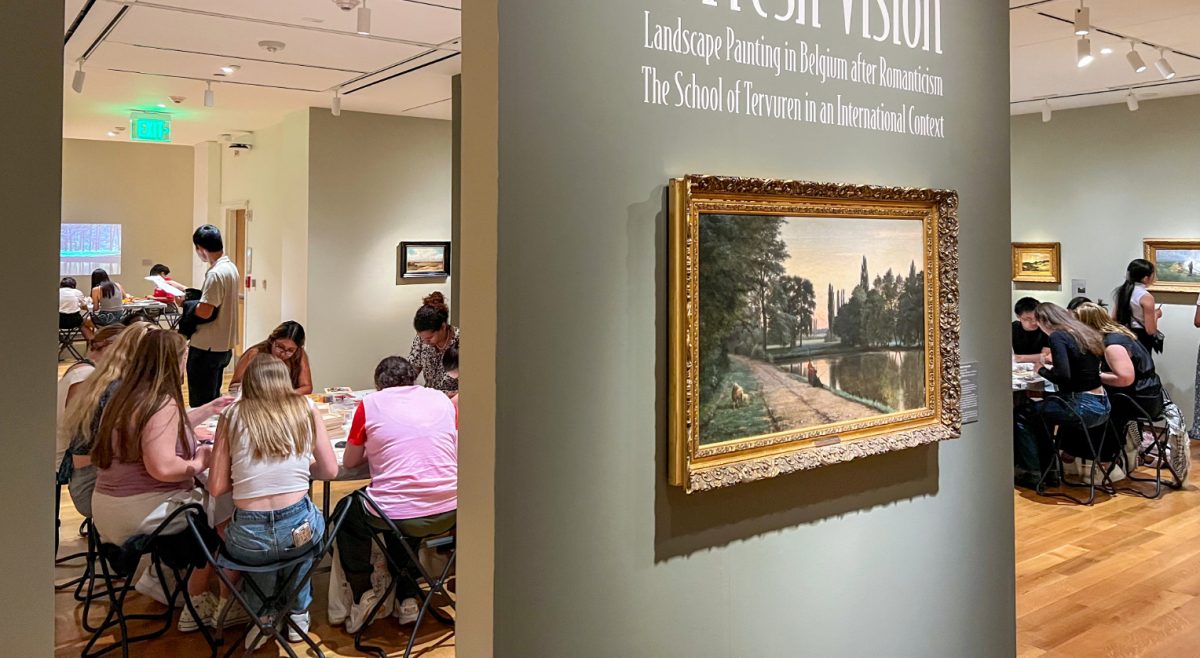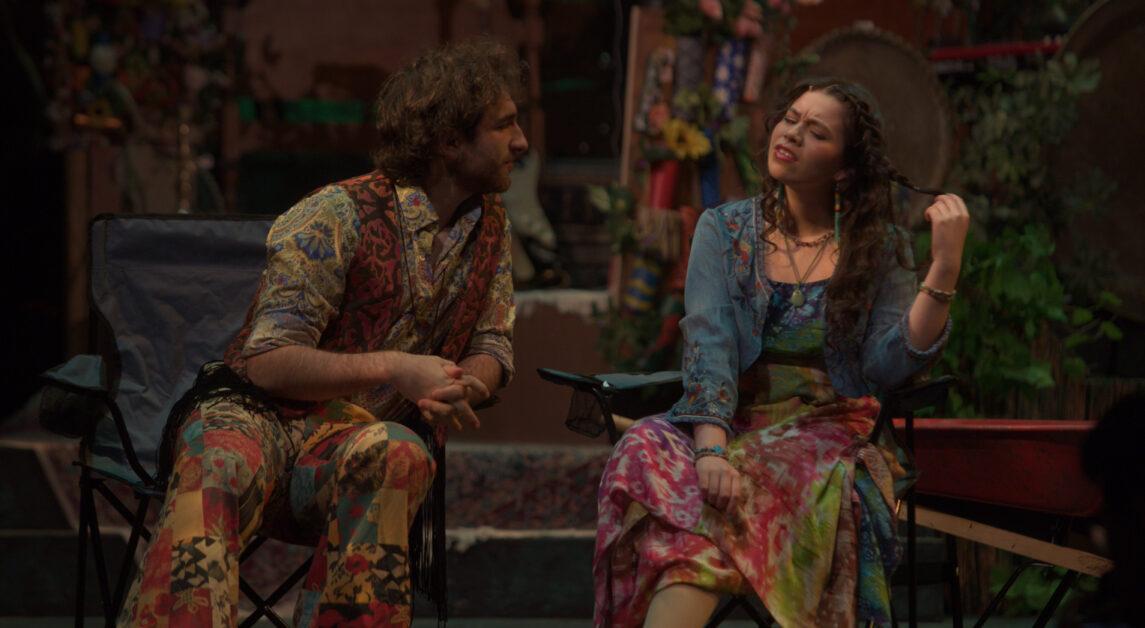Painted playing cards. A ceramic tea set. Celtic knots in leather and metal. These items, now on display at Boston College’s Burns Library, form a portrait of Ireland’s political and aesthetic formation.
A new collection of Irish 19th century artwork graces the library’s halls, displaying several new acquisitions. The exhibit runs concurrently with the McMullen Museum’s feature, “The Arts and Crafts Movement: Making It Irish.”
The Arts and Crafts Movement was founded in London in the 1887 to promote decorative arts alongside academic art. In 1894, it was created in Ireland under the same name. The movement emphasized creating spaces in the art world for people working from home, often providing community art lessons.
While the emphasis on fine craftsmanship and common arts education seems inherently populist, it also became a vehicle of nationalism in Ireland. Guide posters throughout the exhibit detail the development of the Arts and Crafts Movement alongside contemporary politics and national culture. It gained traction quickly and by its second exhibition was displaying almost 1000 different pieces. The Irish nationalist movement was popularized as well, and the Irish Free State was eventually established in 1922.
In both places, the Arts and Crafts Movement was strongly influenced by the European antiquarian movement that emphasized looking to history and brought about the practice of archaeology. The new wealth of consolidated historical information led Irish craftsmen to draw their nationalist inspiration from mythical figures, island history, their language, and the study of ancient art.
[aesop_gallery id=”111626″]
The designs in the exhibit reflect traditional Celtic art for these reasons. They, like the movement, span a range of craft mediums, including bookbinding, manuscript decoration, paper arts, leatherwork, lacework, metalwork, and embroidery. Every item recalls classical Ireland in some manner, whether through a well-placed Celtic knot or trumpet or an emphasis on Irish mythology and history.
The Gothic architecture and quiet age of the Burns Library seem to contextualize the medieval revival works in their proper space. The feature spans two display cases, one on either side of the entrance hallway. Both are double-sided, so the other side can be accessed by entering the rooms at left and right.
Books also play a prominent role in the display. One guide poster notes that monasteries returned to making beautiful, traditional-style manuscripts mimicking the famous Book of Kells and other insular works. The fiction and nonfiction with their embossed covers and hand-illustrated pages imitate the medieval style, fonts, flowery borders and all.
In Ireland, the Arts and Crafts Movement especially paralleled a renewed interest in Celtic literature. The titles in the cases affirm this theory, ranging from The United Irishwomen and The Ecclesiastical Architecture of Ireland to Of Child Christopher and Fair Goldilind and The History of Reynard the Foxe.
One of the most interesting items in the exhibit is the deck of playing cards, adorned with a Celtic trumpet design on one side and figures of the Celtic Heroic Age on the face side. The artist rendered every detail in vivid color, each face side centered with the same Celtic symbol.
The new collection exhibits stunning examples of Irish art and is certainly worth a sign-in to the library. These seemingly humble items on the Burns Library’s shelves, cards, cups, and all, are really anything but humble on closer inspection.













